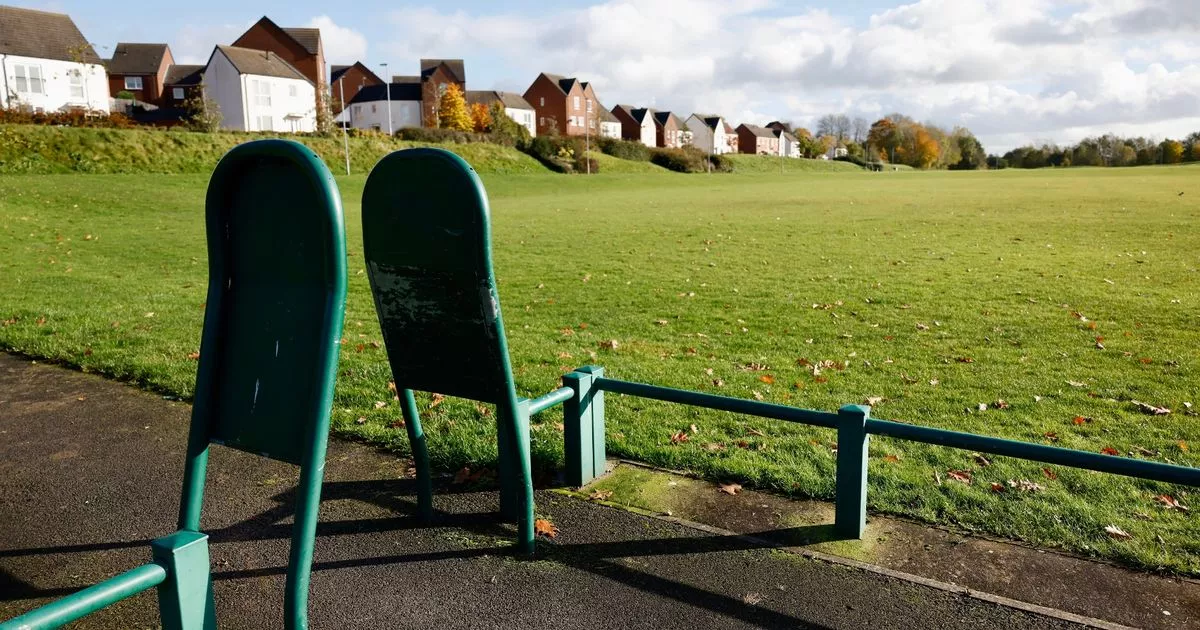Issued on: Modified:
Salisbury (United Kingdom) (AFP)
Melding the ornate trappings of medieval faith with 21st century science, Salisbury Cathedral is injecting new hope into thousands of elderly people as Britain mounts its biggest ever vaccination drive.
The soaring edifice in southwest England is one of three cathedrals that have turned their cloisters and naves over to the government’s programme to inoculate the most vulnerable against Covid-19 by mid-February.
On a wet and blustery day, 98-year-old John William Perry was among those who received their first dose of the Pfizer/BioNTech vaccine, after it was taken out of cold storage by nurses working in a small chapel normally reserved for private prayer.
Perry, who worked as a Royal Air Force engineer in World War II, servicing Spitfire fighters during the Battle of Britain, then took a seat in the vast central nave for an obligatory 15-minute rest in case of after-effects.
“It’s nice to think they’re doing something to keep me going for a few more weeks or years — to get to 100!” he told AFP as he sat in a socially distanced space from other recipients, including a farmer and former policewoman, both in their 80s.
After the war, Perry worked for 40 years as a maintenance engineer for the Royal Mail.
“So I think I’ve done my little bit for the country,” he said, as he reflected on a trying 10 months since Britain first went into lockdown.
“This is the first time I’ve been out (since March),” he said. “It’s a bit wet, but never mind — very special, very nice to be here.”
Along with cathedrals in Blackburn, in northwest England, and the central city of Lichfield, Salisbury opened its oversized wooden doors as a vaccination centre at the weekend, and aims to process 3,000 patients in all this week.
– Novichok –
It’s all a far cry from the events of March 2018 that last brought Salisbury to prominence.
The chemical agents in use now are designed to protect life, unlike the toxic Soviet-era brew that surfaced then at the Salisbury home of Russian former double agent Sergei Skripal.
Two Russian men were named by British police as the prime suspects in the attack, which claimed the life of a homeless woman four months later after she came into contact with a perfume bottle thought to have contained the nerve agent, Novichok.
The duo later surfaced on Russian TV, claiming they had visited Salisbury owing to their interest in medieval architecture, specifying with curious accuracy the height of the cathedral’s spire — which at 123 metres (404 feet) is the tallest in England.
“The Russian gentlemen of course knew intimately the height of our spire,” said the Dean of Salisbury Cathedral, the Very Reverend Nick Papadopulos.
“The medieval craftsmen who built that 700 or so years ago built it as they did because they were wanting to point defiantly and dramatically to life and hope, point to the realm of God.
“And that’s exactly what the vaccination programme is about, we believe.
“It offers life and hope to the people of the city, the region and ultimately the world. So I’m very glad that we’ve caught up with our medieval forebears in pointing the way to a happier future.”
– Organists –
Papadopulos spoke to the soothing accompaniment of the cathedral’s 19th century organ, which was refurbished at a cost of about £1 million ($1.4 million) and reinstalled just before the March lockdown shut places of worship.
Two organists worked in shifts throughout the day, playing softer pieces by composers including Johann Sebastian Bach, Antonin Dvorak and Ralph Vaughan Williams.
“We hope to create a serene and tranquil atmosphere, we hope just to give something to people to take their minds off being injected and so on, and to help staff through what is otherwise a very, very long day,” the dean said.
Perry was escorted to his inoculation by his 62-year-old daughter, Jeanie Grant, one of several people appreciative of the planning put into the day by the cathedral administrators and National Health Service staff.
“It’s quite a scary thing to be going through — the thought of the disease and what it can do to families and people,” she said.
“(So) to actually come to a building that has seen so much history and is still serving a beautiful purpose for the community, I think it’s very special.”
Grant added: “It’ll be lovely when we’ve all had it done, and life can begin to get back to normal.”
© 2021 AFP
Source link



